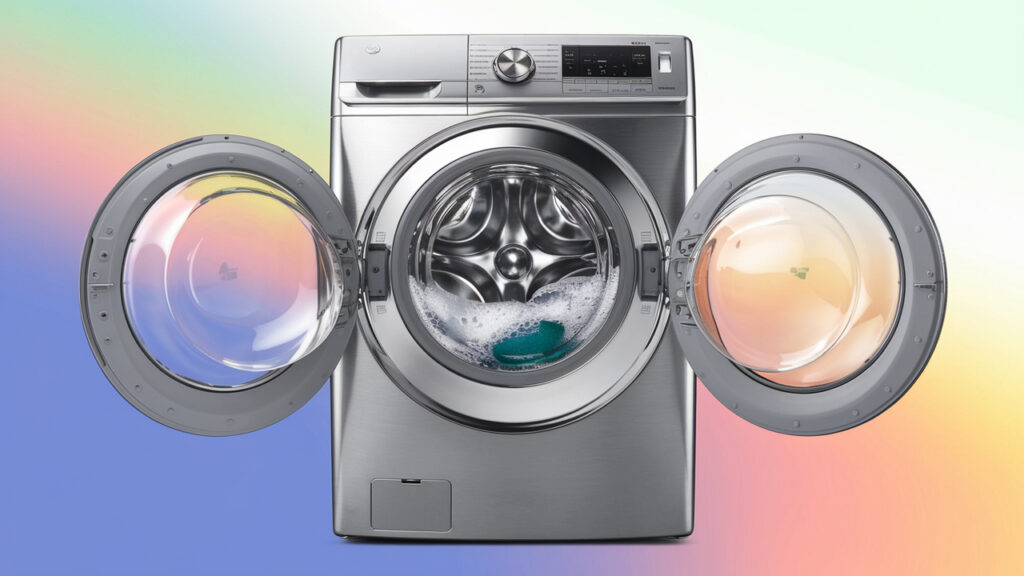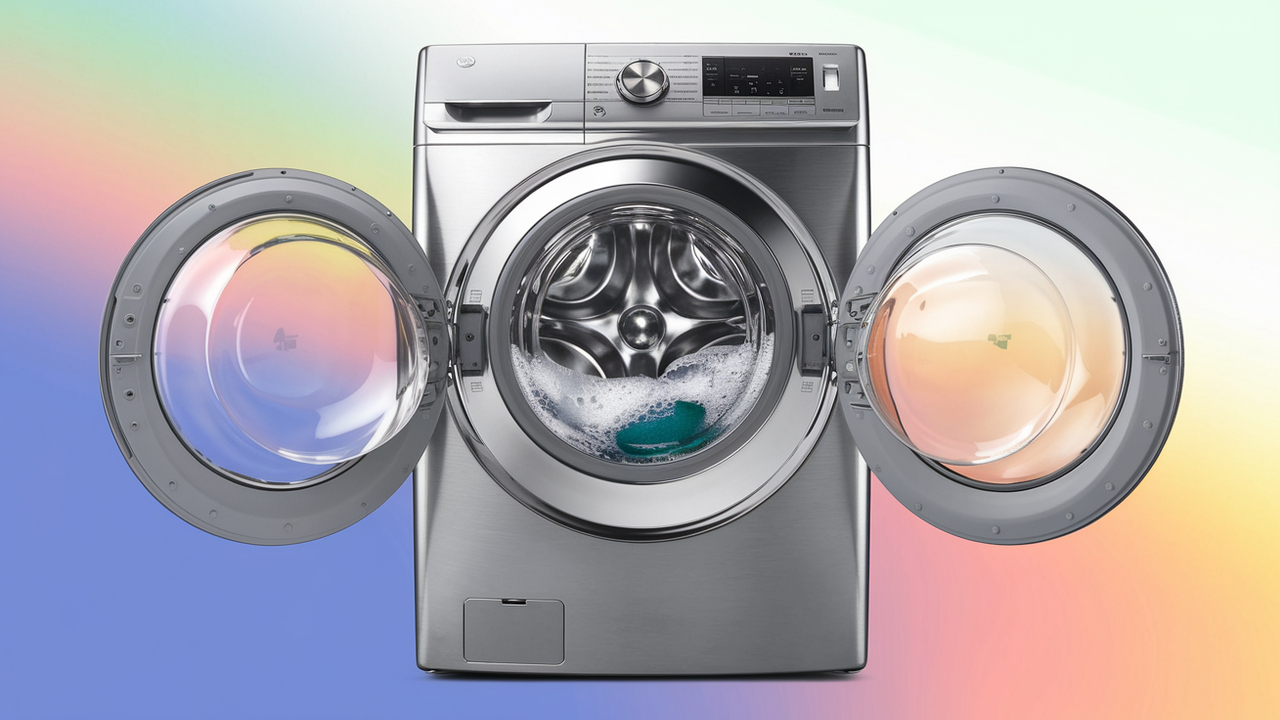What to Look for When Buying a Top Load Washer: Buyer’s Guide for Beginners
Buying a top load washer for the first time? Here’s a beginner-friendly guide that walks you through what really matters—capacity, features, noise level, water savings, and more. Let me help you find the perfect washer for your home.
Why I Made This Washer Buying Guide
When I bought my first top load washer, I had no clue what I was doing. I went by looks and price alone—and I regretted it later. It was loud, didn’t clean well, and broke after a year. That’s why I created this buyer’s guide for beginners—so you don’t make the same mistakes I did.
This post breaks down the must-know features, mistakes to avoid, and how to find the right washer based on your actual needs—not marketing fluff. Whether you’re buying for a house, an apartment, or a small laundry closet, I’ve got you covered.

Table of Contents
Top Load vs Front Load: Why Top Load Might Be Better for You
While front load washers are popular, top load washers still hold their own—and in many cases, are easier to use. I personally prefer top load because:
- They’re easier on the back—no bending over
- You can pause and add clothes mid-cycle
- They typically cost less up front
- Less mold risk since the tub airs out better
If you want something simple, effective, and affordable, a top load washer is still a solid choice in 2025.
What to Consider When Buying a Top Load Washer
Let’s get to the important stuff. Here’s what I always look for—and what you should too:
1. Capacity
For singles or couples, 3.5–4.0 cu. ft. is usually enough.
For families or bulk loads, go for 4.5 cu. ft. or larger.
Larger capacity = fewer loads = saved time and energy.
2. High-Efficiency (HE) vs Traditional
HE washers use less water and detergent. They spin faster to reduce drying time and are usually ENERGY STAR® certified.
They’re worth it long-term—even if they cost a bit more.
3. Agitator vs Impeller
Agitators are the tall pole in the center—great for heavy-duty stains.
Impellers are low-profile and use water motion—gentler on clothes.
Some washers let you remove or switch between both.
4. Noise Level
Don’t overlook this. If you live in a small space or near your laundry room, choose washers with inverter motors, soft-close lids, or quiet cycles.
5. Water & Energy Efficiency
Look for the ENERGY STAR® label and features like load-sensing technology. It helps lower your utility bills and is better for the environment.
6. Smart Features (Optional)
Some top load washers come with Wi-Fi, app control, and auto-dispense. Not a must for everyone, but I personally love getting notified when a load finishes.
7. Warranty and Brand Reputation
Stick with brands known for quality—LG, Maytag, Whirlpool, Samsung. Also, go for washers with 5-10 year motor warranties for peace of mind.
My Top Beginner-Friendly Washer Picks
Here are a few great starter models on Amazon (make sure to replace with your affiliate tag):
LG WT6305CW – Simple, Quiet, Reliable
- 4.3 cu. ft. capacity
- LoDecibel™ Quiet Operation
- SmartDiagnosis™ for quick troubleshooting
Whirlpool WTW5010LW – Great Value for Beginners
- 4.5 cu. ft. capacity
- Deep Water Wash option
- Easy controls, no unnecessary tech
Maytag MVWC565FW – Durable with Agitator
- 4.2 cu. ft. with PowerWash® cycle
- Traditional agitator for tough stains
- Built to last with commercial-grade parts
Extra to Help You Make the Right Choice
Don’t just go by the price tag—go by what you need daily. I’ve learned that a slightly more expensive washer with better features actually saves me money over time. Cheaper machines often lack efficiency and wear out faster.
Always measure your space before buying. I once bought a washer that was half an inch too deep for the closet—it was a nightmare. Measure width, depth, and door clearance before you click “Buy.”
Check if your washer needs special hookups. Some apartments don’t allow certain models with high water pressure or non-standard drain connections. When in doubt, ask the landlord or building manager.
I recommend choosing a washer with at least two rinse options—especially if you or someone in your household has allergies. A deep rinse helps remove extra detergent, pollen, or pet hair.
Even if you don’t think you’ll use smart features now, having the option is a plus. Some washers now let you download extra cycles like “Activewear” or “Baby Care” right from your phone.
If you wash bedding regularly, make sure your washer supports bulky or comforter modes. Not all of them do—and overloading the wrong one can ruin the motor.
Washers with auto-sensing load sizes make your life easier. You just toss in your clothes and press start. No guessing how much water to use—it adjusts automatically.
Look for clear, simple controls. You shouldn’t need a manual every time you do laundry. I love models with dials or one-touch buttons that are intuitive and easy to use.
Having a delay start feature is a game changer if you’re busy. You can set the washer to run at night or while you’re at work—no laundry pileups when you get home.
Choose a washer with a see-through lid if you like to check on your load without opening it. It’s a small touch, but it gives peace of mind.
Top load washers with direct drive motors are quieter, more efficient, and tend to last longer because they have fewer moving parts. It’s worth investing in.
You’ll also want to think about dryer pairing. If you plan to upgrade both, look for matching washer/dryer combos that optimize space and performance together.
Finally, read real reviews before buying. I always scan for reviews that mention long-term use, quiet cycles, and ease of maintenance. That’s how you separate hype from quality.

